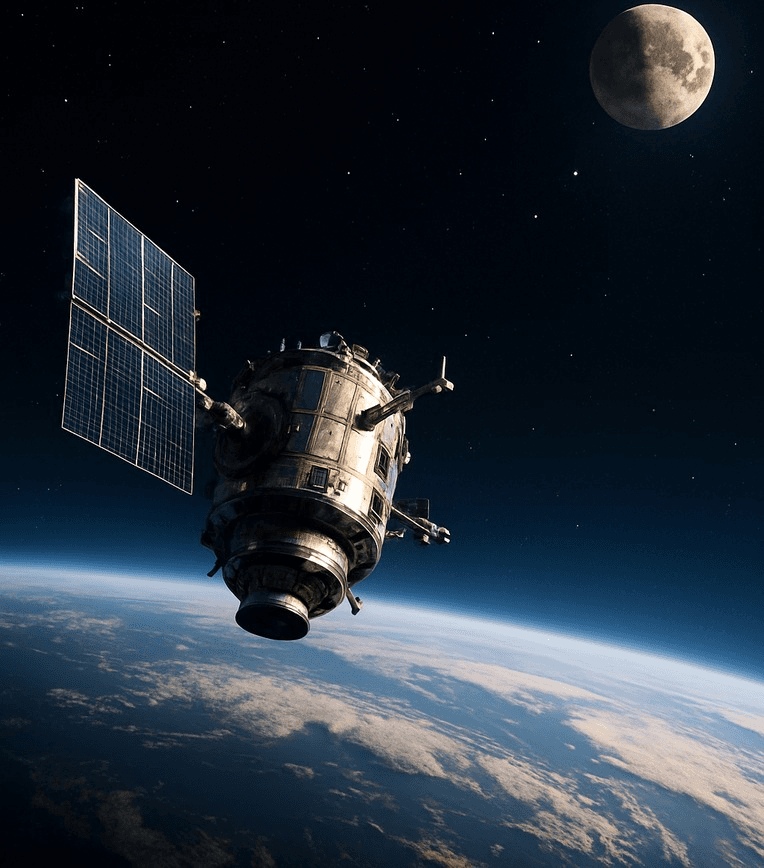
Industry research
Scope
US
Companies
94
Table of contents
What does the Alcoholic Beverage Manufacturing market landscape look like in the US?
Consolidation of the US alcoholic beverage manufacturing market varies based on the segment. Herein, the US beer manufacturing market is highly consolidated, with AB InBev (BE), Molson Coors Beverage Company and Constellation Brands accounting for ~71% of the 2023 market share. Interestingly, the US spirit and wine market is more fragmented, with the majority consisting of small, independent spirit distillers and family-owned wine producers alongside major players. Large players continue to consolidate their market share through M&A and innovate by offering premiumization, new flavors and ready-to-drink (RTD) products. To compete with these large players, the long tail focuses on regional presence, offers tours and tastings, sponsors local events and provides limited-edition products. For example, Ole Smoky Distillery offers guided tours that provide visitors with an inside look at their whiskey distilling process, while Far Niente Family of Wineries and Vineyards offers luxury wines such as their Chardonnay and Cabernet Sauvignon.
What is the level of investor activity in the US Alcoholic Beverage Manufacturing industry?
Investor-led interest has been limited, with ~14% of identified assets being backed by financial sponsors (as of February 2025). Deterring factors for investors include (i) the decline in alcohol demand driven by shifting consumer behaviors and long-term health concerns, (ii) rising production costs due to climate change and (iii) high regulatory oversight and varying laws between federal and state governments, which create uncertainty and operational challenges for incumbents. On the flip side, potential sponsor interest stems from (i) the ongoing premiumization trend, (ii) the rise of e-commerce and direct-to-consumer (D2C) sales channels and (iii) the emergence of advanced technologies such as AI and machine learning allowing for production optimization.
What are the key ESG considerations in the US Payment Services industry?
ESG topics in the US alcoholic beverage manufacturing market primarily revolve around environmental and social challenges. Environmental concerns mainly relate to carbon emissions, waste management and high energy and water consumption associated with operations. Herein, incumbents aim to address these issues by recycling bottles, eliminating plastics and using water conservation methods such as rainwater capture and water recycling. Social issues primarily relate to preventing underage drinking and addressing health concerns associated with alcohol consumption. To address this, incumbents provide educational resources and collaborate with law enforcement and universities to prevent underage access to alcohol.

Technavio (June 2024) estimates that the US alcoholic beverage market generated ~$344.0bn in revenue in 2023 and expects it to reach ~$381.5bn by 2028 (+2.1% CAGR 2023-2028)
Statista (June 2024) forecasts the US alcoholic drinks at-home market (i.e. revenue generated in supermarkets and convenience stores) will reach ~$186.4bn in size in 2025 and expects it to grow to ~$197.8bn by 2029 (+1.5% CAGR 2025-2029)
The ongoing premiumization trend will drive demand in the premium alcoholic beverage segment. This trend enables manufacturers to benefit from price mark-ups. For instance, ~41% of the young and middle-aged US population (i.e. 21-44 year-olds) surveyed by Bacardi expect to seek more premium spirits in 2025 (Beverage Industry, July 2024; The Pennsylvania State University, April 2024; Bacardi, December 2023)
The rise of e-commerce and direct-to-consumer (D2C) sales channels is expected to drive the growth for alcoholic beverage manufacturers in the US by providing broader market reach, increased convenience for consumers, easier access to specialty products and higher margins due to the elimination of intermediaries. At the same time, the US government's actions (e.g. relaxing regulations on alcohol home delivery) to boost tax revenue also drive the expansion of D2C retail channels for breweries and distilleries, leading to increased sales volumes (IWSR, February 2025; New York Post, August 2024)
Advanced technologies such as AI and machine learning allow incumbents to optimize production efficiency and adapt to shifting consumer preferences. Herein, AI and the increase in data availability from clients enhance demand forecasting and help cater to evolving consumer preferences, while IoT and Industry 4.0 technologies enable the US spirits industry to address production challenges(Beverage Dynamics, January 2025; Alcohol Law Advisor, November 2024; Clarus Networks, April 2024)
Shifting consumer behaviors and long-term health concerns surrounding alcohol consumption is adding pressure on long-term demand for alcoholic beverages (IWSR, September 2024). This is further exacerbated by government advisories such as the US Surgeon General highlighting alcohol as a preventable cause of cancer, which may further erode consumer trust and negatively impact alcohol sales (Yahoo Finance, January 2025; Think Global Health, July 2024)
Rising production costs due to climate change threaten alcoholic beverage production, as water scarcity and extreme weather events reduce crop yields (e.g. grapes, grains, hops). To illustrate, warmer temperatures, severe drought and extreme weather may trigger a decline in the world's beer supply by as much as 16% (SIA Partners, September 2022; CBS News, September 2023)
Geopolitical tensions, tariffs and trade disputes will continue to create uncertainty and significant operational challenges for the US alcoholic beverage industry. The looming threat of the EU reimposing tariffs on American whiskey after March 2025 remains an ongoing risk for producers (The Spirits Business, February 2025; The Spirits Business, December 2023)
With the full report, you’ll gain access to:
Detailed assessments of the market outlook
Insights from c-suite industry executives
A clear overview of all active investors in the industry
An in-depth look into 94 private companies, incl. financials, ownership details and more.
A view on all 124 deals in the industry
ESG assessments with highlighted ESG outperformers







